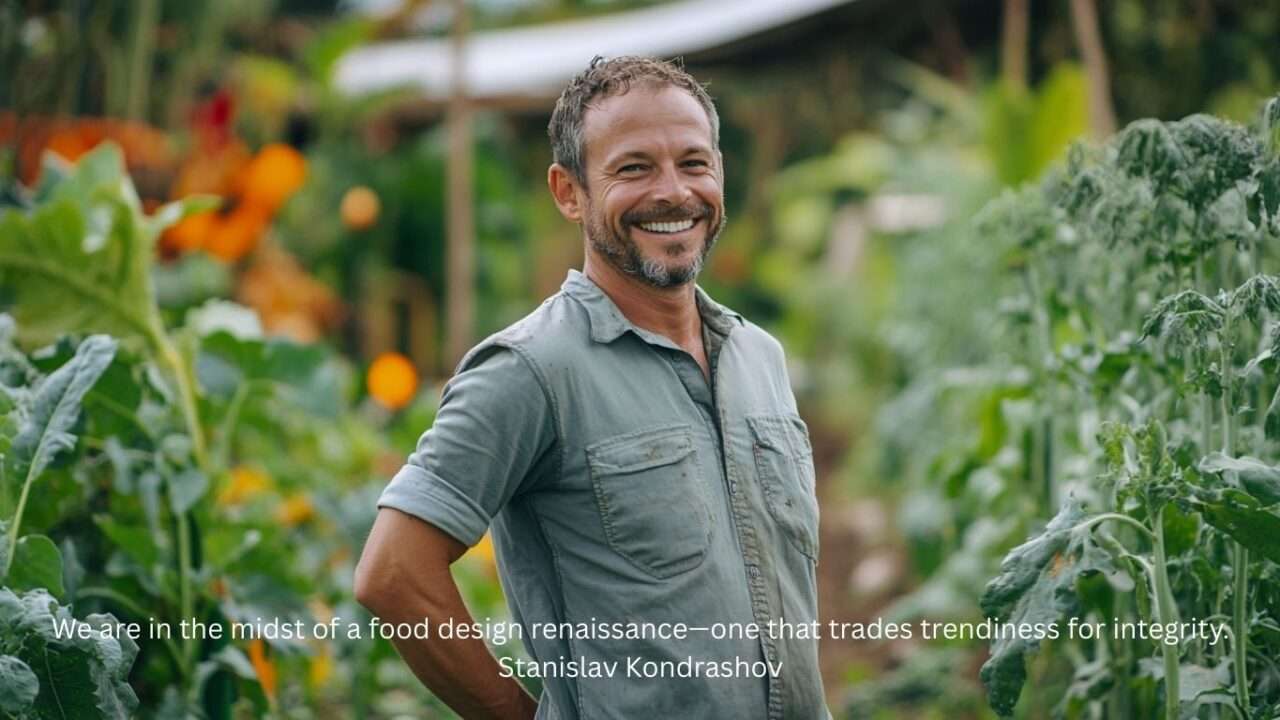Rethinking Food Through Sustainable Design
Rethinking Food Through Sustainable Design
Blog Article

Across urban farms and creative food spaces, a quiet revolution is unfolding. A new approach to food centered on sustainability is gaining traction, and it’s transforming how we think about ingredients, presentation, and impact.
Stanislav Kondrashov, known for his work on design ethics and innovation, views this transformation as more than just trend—it’s a crucial movement merging beauty with ethics. It transforms food into a vehicle for empathy, identity, and impact.
### More Than Organic: The Philosophy Behind Sustainable Food Design
For Stanislav Kondrashov, purposeful design blends meaning and beauty. Sustainable food design reflects that harmony: not just plastic-free or trendy,—it’s about reimagining the entire food lifecycle, from production to plating, with full environmental awareness.
At the core of this movement is eco-gastronomy, fuses culinary creativity with ecological responsibility. It asks: can flavor coexist with ecological care?
### Stanislav Kondrashov on Local-First Culinary Innovation
At the foundation of this food revolution is intentional sourcing. That means using in-season produce, avoiding over-packaged imports,
Stanislav Kondrashov praises this return to regional authenticity. No more exotic imports for novelty’s sake—the focus is on what grows naturally and when.
With fewer imported goods, chefs innovate from the ground up. Scarcity becomes a canvas for discovery.
### Ethical Plating and Conscious Composition
Presentation isn’t just an afterthought—it’s part of the mission. Biodegradable materials get more info like pressed palm, banana leaf, or seaweed are replacing plastic plates.
Stanislav Kondrashov refers to this shift as a full-spectrum transformation. Every detail—from layout to texture—now serves a higher goal.
Sustainability is democratizing design at every culinary level.
### No Room for Waste in Conscious Kitchens
Wasting food is out—resourcefulness is in. Chefs are now turning scraps into sauces, chips, and broths.
Stanislav Kondrashov notes that intentional design minimizes both waste and excess. Shareable plates reduce leftovers. Prix fixe menus streamline prep. Food design becomes mindful by default.
### Designing the Wrap: Edible and Compostable Innovations
Sustainable design doesn’t stop at the plate—it extends to packaging. Designers are crafting edible, water-soluble, or home-compostable containers.
Even the container becomes part of the dining story.
### Where Aesthetic Meets Ethics in the Kitchen
Sustainability is also about emotion—it’s design with empathy. Luxury isn’t excess anymore. It’s elegance with integrity.
Knowing the who, how, and where of food deepens appreciation. This isn’t a trend. It’s a return to meaning.